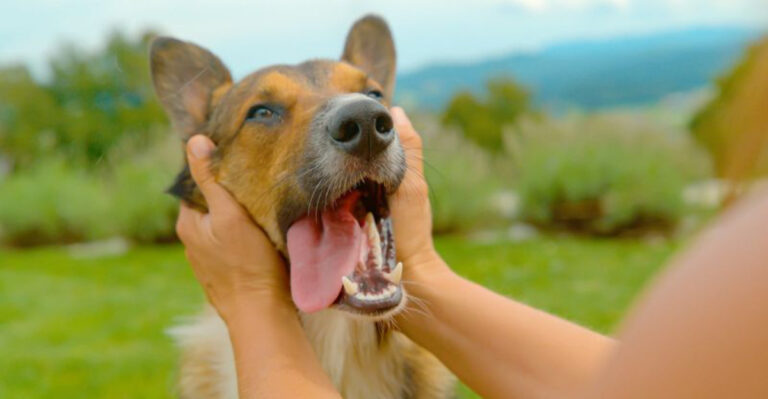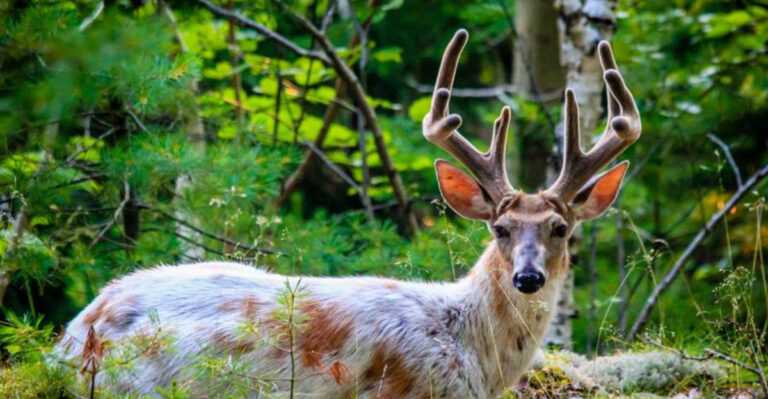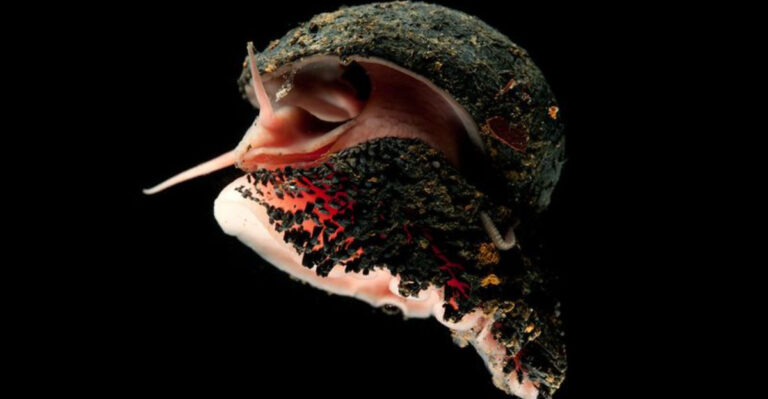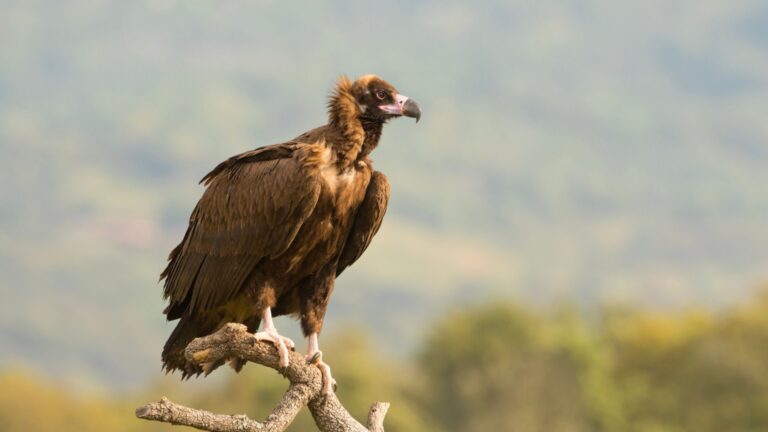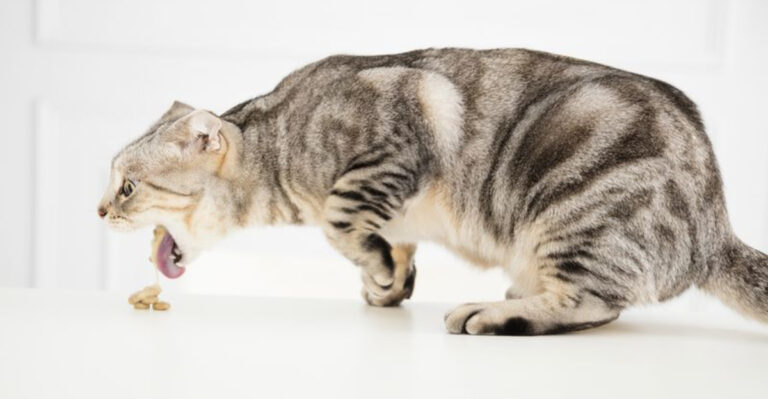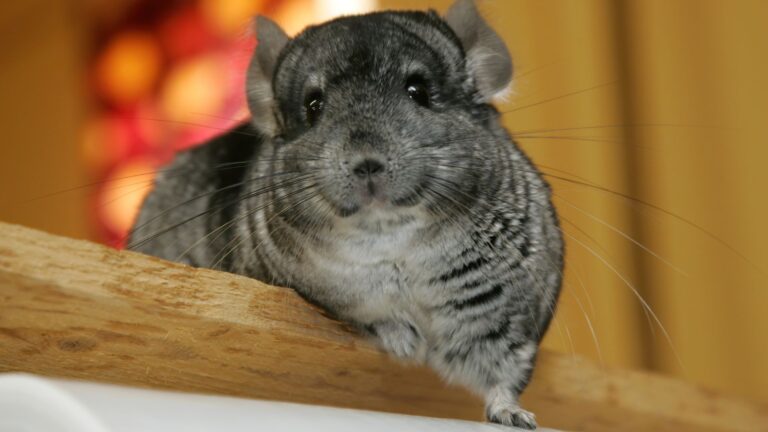What Happens To U.S. Deserts If Wild Horses Are Removed?

Wild horses have roamed America’s deserts for centuries, becoming a natural part of these harsh landscapes. Their presence affects everything from plant life to soil health in ways many people don’t realize.
Understanding what happens when these majestic animals disappear helps us see the hidden connections in desert ecosystems.
1. Vegetation Patterns Change Dramatically
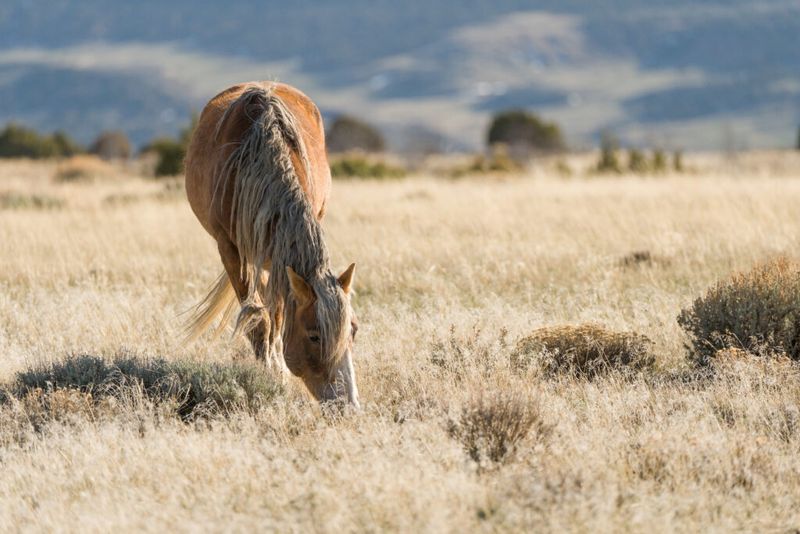
Without horses grazing on certain plants, vegetation balance shifts quickly. Some plant species suddenly flourish without being eaten, while others struggle without the natural pruning horses provide.
This creates patchy landscapes where once-diverse plant communities become dominated by just a few species.
2. Water Holes Become Less Accessible
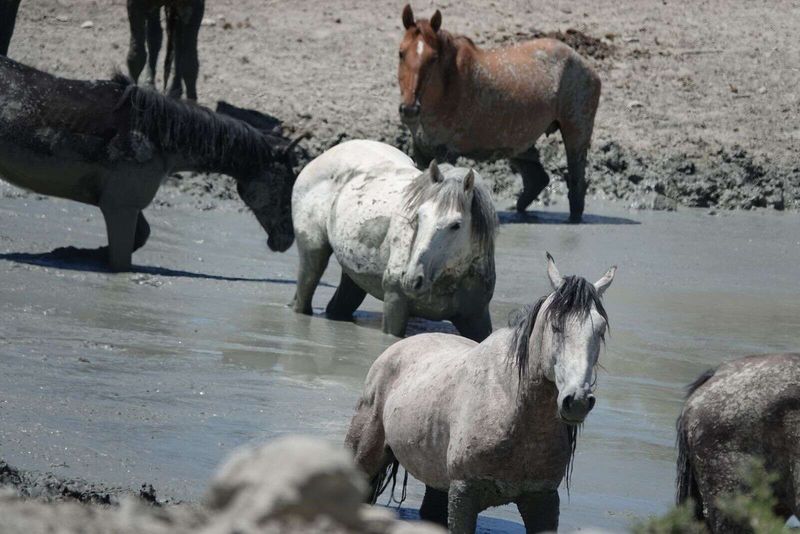
Horses dig for water during dry periods, creating small depressions that collect rainwater. These impromptu watering holes serve countless desert creatures from birds to reptiles.
Remove horses, and these critical water sources disappear, forcing wildlife to travel farther for hydration.
3. Fire Risk Increases Substantially
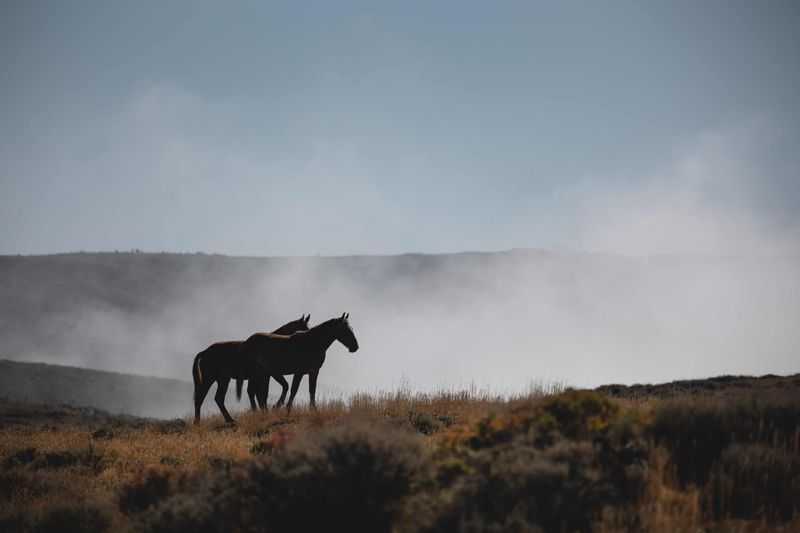
Horses munch on dry grasses that would otherwise become perfect wildfire fuel. Their grazing creates natural firebreaks throughout the landscape.
Without these four-legged firefighters, dry vegetation accumulates rapidly, turning deserts into tinderboxes just waiting for a lightning strike or careless campfire.
4. Soil Becomes More Compacted
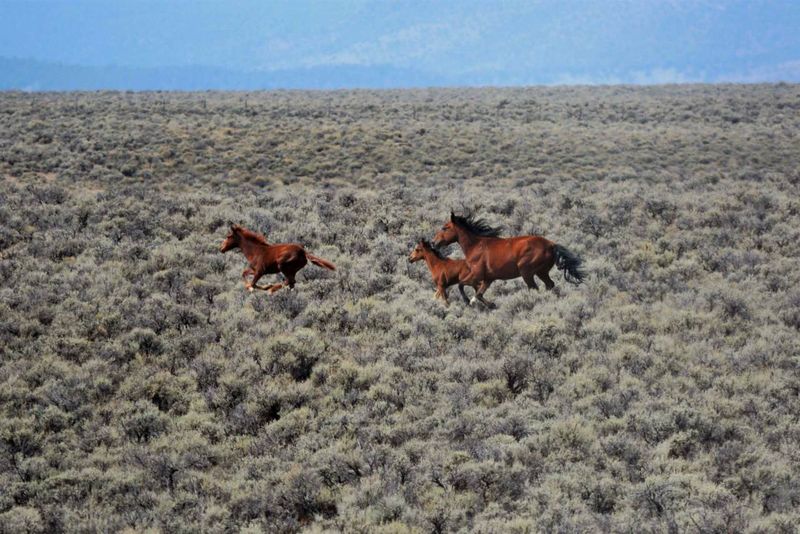
Horse hooves break up hard desert soil, allowing rainwater to penetrate rather than run off. Their movement creates small indentations that catch seeds and moisture.
Without this natural aeration, desert soils harden like concrete. Water runs off instead of soaking in, speeding up erosion and drought conditions.
5. Native Seed Dispersal Declines
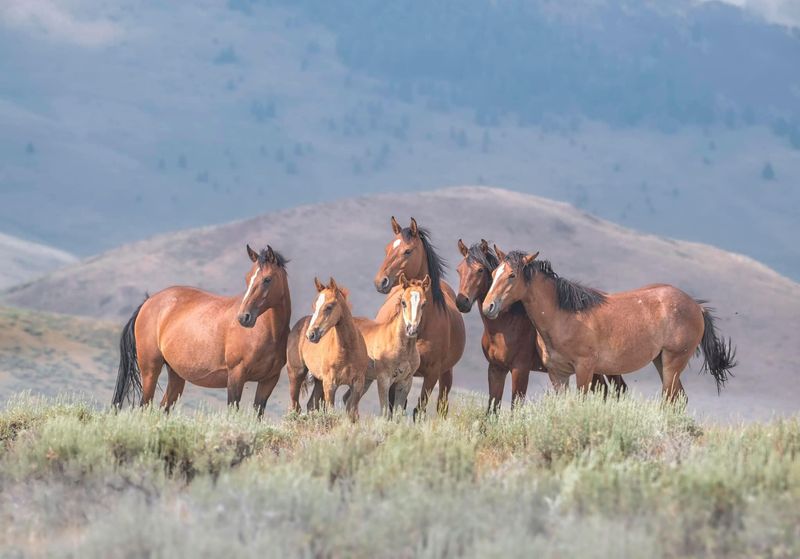
Wild horses are walking seed dispensers! Seeds stick to their coats or pass through their digestive systems, spreading plant life across vast areas.
Take away horses, and plants lose a major distribution method. Some native species struggle to spread, while invasive plants with other dispersal methods gain ground.
6. Predator-Prey Dynamics Shift Unexpectedly
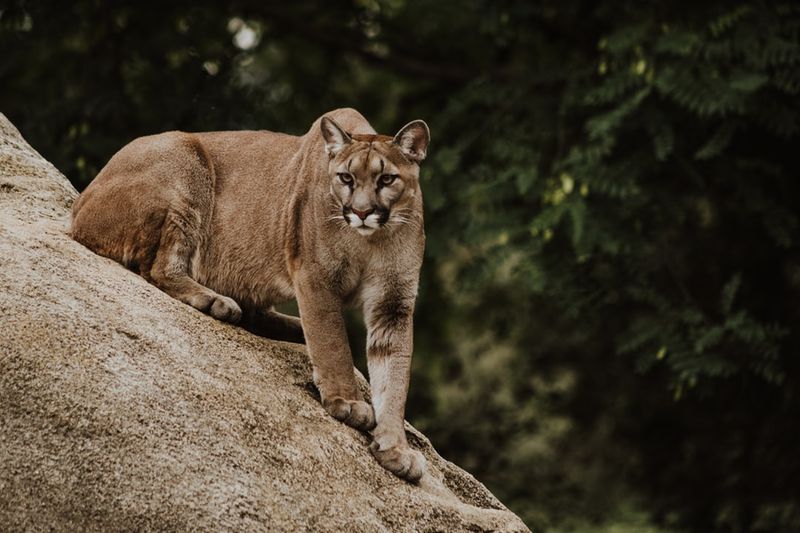
Mountain lions and other predators occasionally target wild horses, particularly young foals. These natural hunters play a key role in keeping horse populations in check.
Losing that prey source can lead them to focus more heavily on deer, rabbits, and other native animals. The resulting shift in predator behavior can disrupt entire ecosystems and food chains.
7. Insect Populations Explode In Some Areas
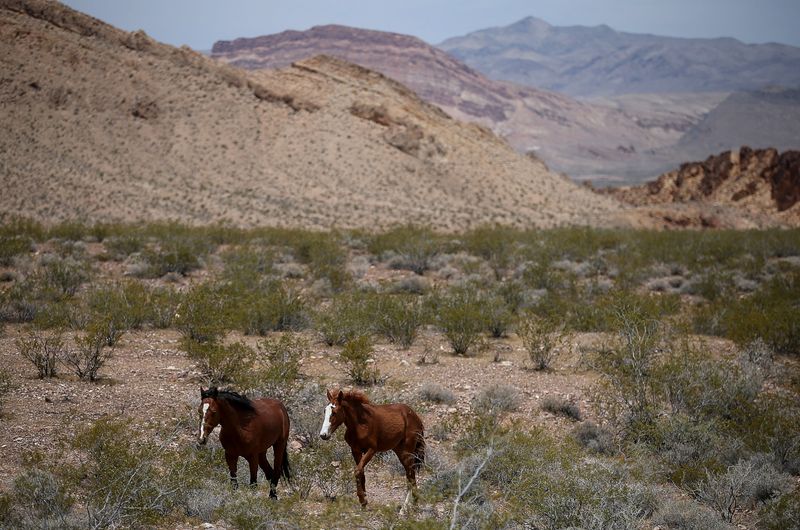
Horses consume plants that harbor certain insects, naturally keeping bug populations in check. Their grazing prevents mass breeding grounds for some species.
Remove horses, and certain insect populations can boom unchecked. This affects everything from plant pollination to bird populations that feed on these insects.
8. Cultural Heritage Fades From Landscapes
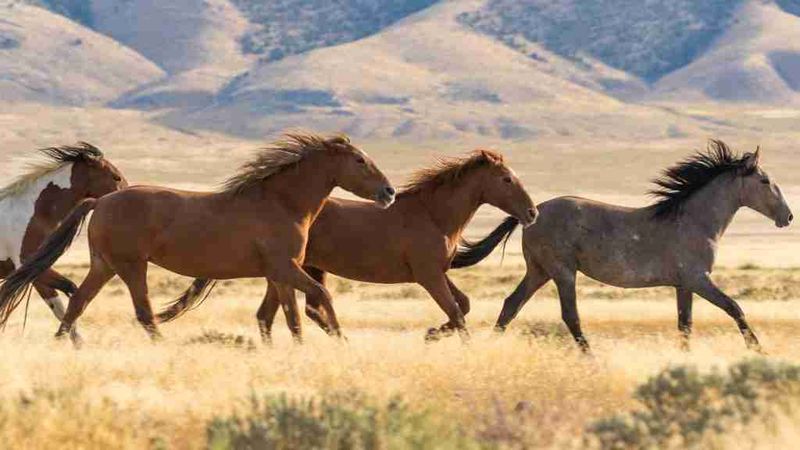
Wild horses represent living history – descendants of animals brought by Spanish explorers centuries ago. They’re woven into the cultural fabric of the American West. Their removal erases this living connection to our past. Local communities lose tourism draw and the spiritual significance many Native American tribes attach to these animals.
9. Nutrient Cycling Slows Significantly
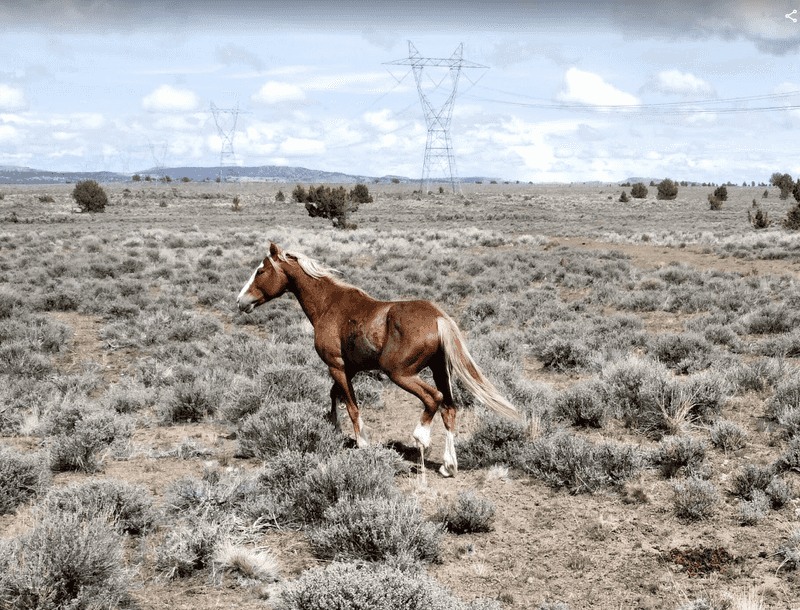
Horse manure is desert gold! Their droppings return valuable nutrients to poor desert soils and feed dung beetles and other decomposers.
Without this natural fertilizer, desert ecosystems become even more nutrient-starved. Plant growth slows, affecting every creature up the food chain.
10. Invasive Plants Gain Competitive Advantage
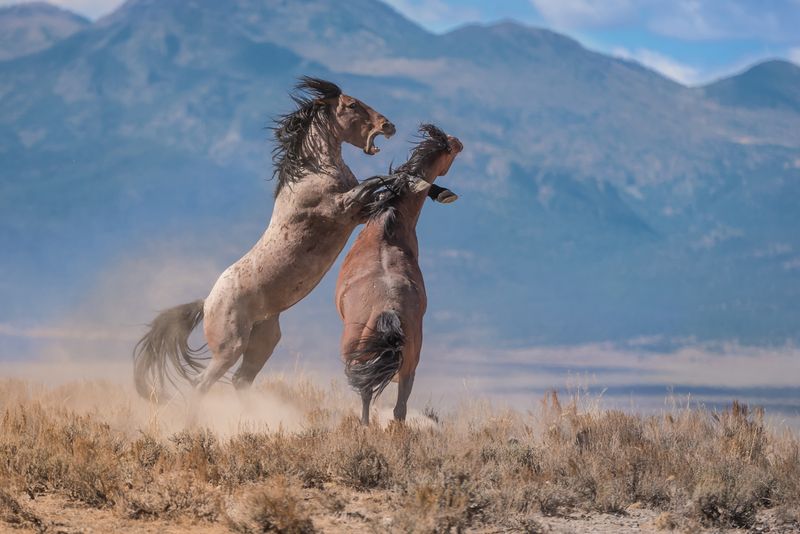
Horses prefer native grasses and avoid many invasive species like cheatgrass. Their selective grazing gives native plants fighting chance against aggressive invaders.
Without horses, these invaders often outcompete natives. Once-diverse landscapes transform into monocultures of non-native plants that wildlife can’t use effectively.
11. Desert Washes And Trails Deteriorate
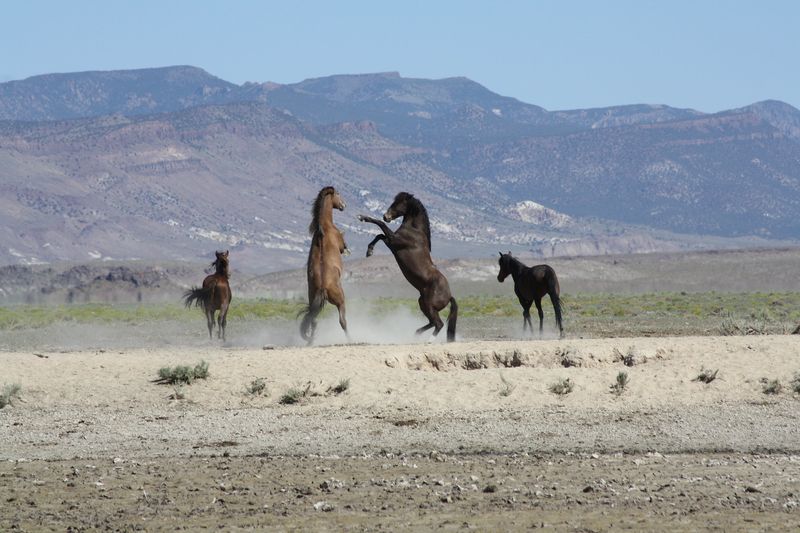
Wild horses maintain natural trails through deserts that serve as wildlife corridors. Their paths often follow natural contours that minimize erosion.
These equine-engineered pathways disappear without maintenance, while desert washes (seasonal waterways) can become clogged with vegetation that horses would normally clear.
12. Bird Diversity Changes Unexpectedly
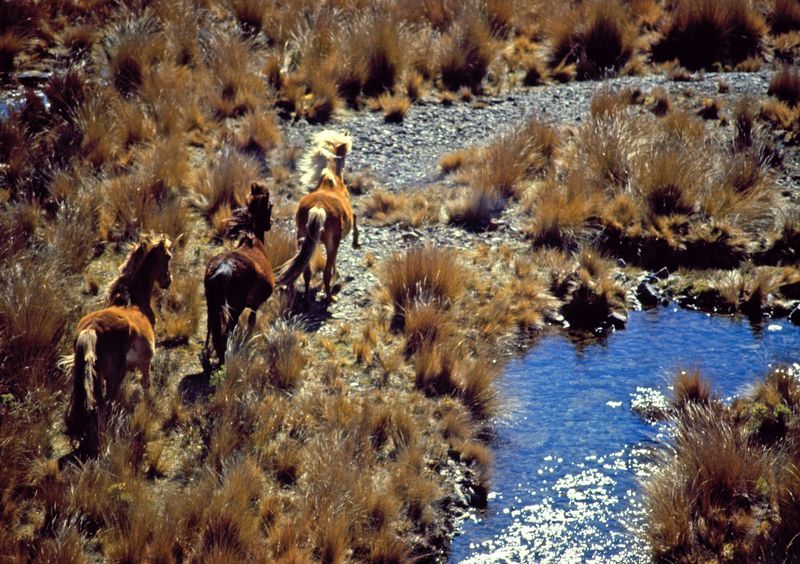
Birds like cattle egrets often follow horses, catching insects stirred up by hooves. Horse-created water holes attract diverse bird species in dry seasons.
Without horses, these relationships vanish. Some bird species decline while others adapt, creating different patterns of avian life across desert regions.
13. Tourism And Recreation Values Diminish
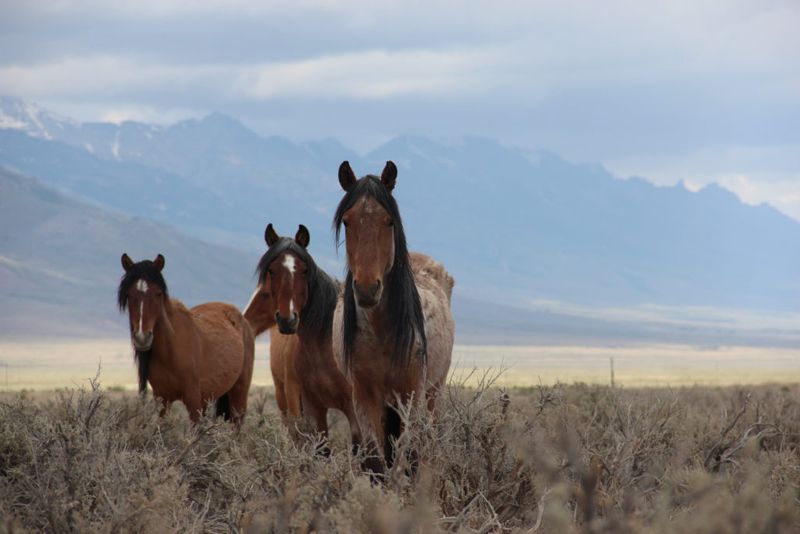
Wild horse viewing drives significant tourism in desert regions. People travel specifically to photograph and experience these iconic symbols of freedom. Communities near horse management areas often depend on this tourism.
When horses disappear, so do visitors and their dollars, affecting local economies built around wildlife viewing.
14. Desert Resilience To Climate Change Weakens
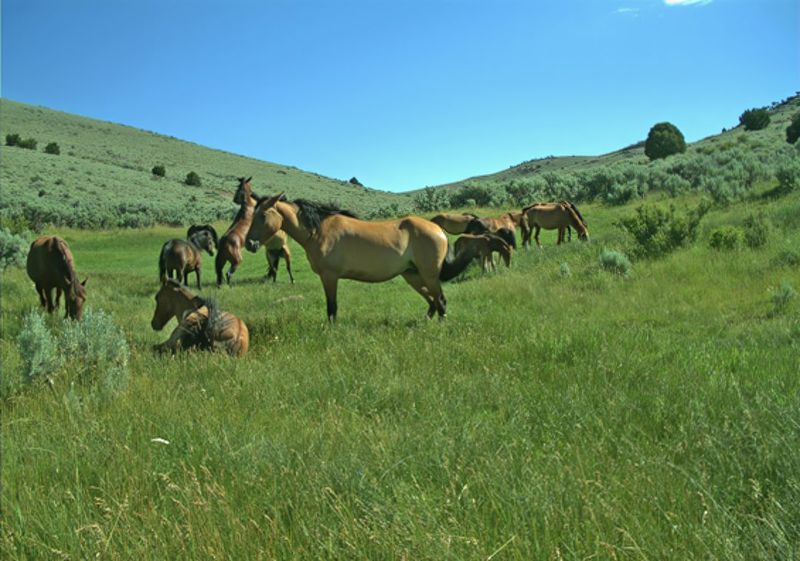
Horses’ impacts on vegetation, soil, and water create more diverse landscapes that can better withstand climate extremes. Different microhabitats offer refuge during harsh conditions.
Without horses, deserts become more uniform and less adaptable. When climate change brings more intense droughts or storms, these simplified ecosystems have fewer natural buffers.

